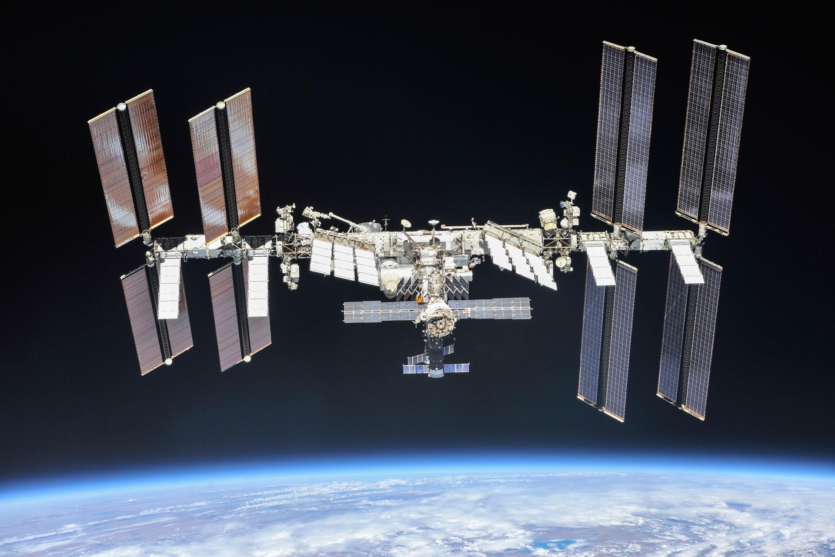
Reports of 10 antihelium nuclei colliding with the ISS have inspired theoretical physicists to speculate beyond the limits of existing scientific models.
Although a small handful of cosmic particles doesn’t seem like anything out of the ordinary at first glance, the signs of an antihelium «rain» are strange enough for researchers to treat the event as a desert rainstorm. Research published in Physical Review.
In a recently published analysis, scientists from the Perimeter Institute for Theoretical Physics in Canada and Johns Hopkins University in the United States argue in favor of considering physics beyond the Standard Model, assuming the participation of dark matter.
Since 2011, the International Space Station has had an alpha-magnetic spectrometer (AMS-02) on board, which has recorded more than 200 billion events related to cosmic radiation. Most of the recorded particles were ordinary, but some unpublished reports indicate that ten of them were not typical at all — they consisted of pairs of antiprotons stuck to one or two antineutrons.
Every elementary particle «ordinary» matter, such as electrons, neutrinos, and quarks, has a corresponding twin with the same properties but opposite charge — an antiparticle. Antiparticles such as positrons, antineutrinos, and antiquarks must have come out of the Big Bang in the same number as electrons, neutrinos, and quarks, which would annihilate each other. The fact that the universe is composed of a much greater variety of forms of matter than electromagnetic radiation suggests that people do not quite understand the balance of primordial matter and antimatter.
Just as scientists produce antimatter using particle accelerators, nature continues to release antiprotons and antineutrons during high-energy cataclysms. Some of them escape annihilation, travel through space and are fixed on or near the Earth.
The AMS-02 data included antiprotons and antineutrons in the form of antihelium nuclei — a rare combination that requires the antiparticles to be moving slowly and densely packed to allow subatomic particles to combine.
Interestingly, for every antihelium nucleus with two antineutrons, an isotope called antihelium-4, there were two with one antineutron: antihelium-3. Relying solely on available physics, the scientists calculated an isotope ratio of 10,000 to one.
What created the two antimatter isotope samples and sent them in our direction was different from known processes. The initial conditions required the subatomic building blocks to move incredibly slowly before they were ejected into space. One possibility could be the decay of a currently unknown particle, which could even be qualified as dark matter.
The researchers suggest that an incredibly hot concentration of fast-growing plasma created from known particles could provide both the impetus and the right ratio of antihelium nuclei.
Although such «fireballs» have never been observed, they may occur during collisions between dark matter masses that contain sufficient antiquarian nuclei.
Source: Science Alert

Spelling error report
The following text will be sent to our editors: